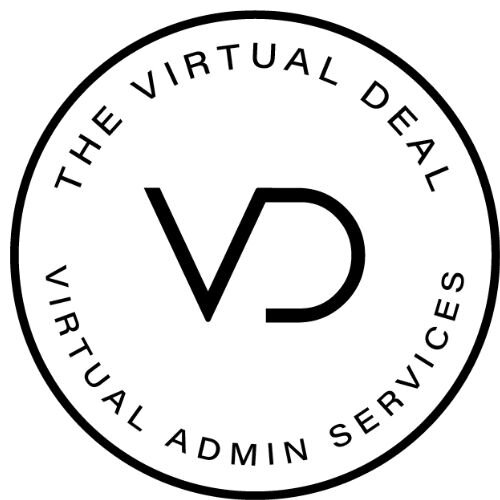How to Use Slack to Create Community in the Workplace
There are countless project management tools available and many of them receive rave reviews from their users. Slack is among the most popular and highly regarded, partly because of how well suited it is for creating community.
Slack is all about connections. The platform seeks to connect people to one another and to the information they need, transforming the way organizations communicate and collaborate. You can use Slack to message users inside or outside your organization and work together in dedicated channels.
1. Benefits of Creating a Slack Community
With social media use at an all time high, are there benefits of starting a Slack community? Most Slack loyalists would offer a resounding yes. Because Slack is a real-time chat or messaging application, it tends to drive high engagement with people checking in frequently.
Compared to LinkedIn and Facebook, which both host millions of groups, your group will have much less competition on Slack. You get the same benefits of running a Slack community that you would on any other social media platform, but you won’t have to work as hard to catch and keep the attention of your intended audience.
Slack looks and behaves very much like a social media app, making it easy to learn and use for group or one-on-one communication, even including a translation tool that allows users to communicate in different languages without needing an outside app.
2. Internal Communities
If you want to create a community on Slack, you need to first determine your target group members. For example, if you are a business owner, team leader, or project manager, you might want to create an internal community made up of your employees, your team, or all assigned to your project.
Most teams on Slack belong to companies that utilize the platform to build culture, strengthen camaraderie, communicate, and collaborate internally. The free version accommodates teams of up to 700, which certainly adds to its appeal.
3. External Communities
More and more, consumers and organizations are using Slack as an external communication tool, creating groups or channels around common themes, topics, fields, and professions. It’s perfect for networking, sharing industry views and news, recruiting, referrals, and collaboration.
Because the channels feature can be private, shared, public, or multi-workspace, you can control who finds, joins, and has access to your community.
4. Community Creation and Growth
Getting started on Slack is simple and straightforward. If your company already uses slack, ask the administrator to send you an email invitation. If you’re interested in setting up Slack for your business, team, or cohort, it’s as easy as setting up your own free account, naming your group, and inviting people to join.
As you build your community, you can assign different system roles to members, manage permissions for your channels, and customize your workspace in a way that best suits your needs.
If you want to add influencers to your group you can share your Slack community on other social media platforms and use relevant hashtags to help your group stand out to those that might be interested.
Growth can take the form of adding new members, adding new groups or projects, and adding to the wide range of Slack features your team will use to collaborate.
5. Healthy Community
To keep your Slack community healthy and focused on its intended purpose, you’ll want to establish expectations right up front with clear and straightforward policies about how you’ll handle profanity, offensive comments, spam, excessive self-promotion, and bullying.
You’ll want to define how casual or formal you want to be. If the workspace is dedicated to work, say that at the onset. If you welcome some fun, team-building and rapport strengthening interaction, model that and encourage it.
Once you’ve established the guidelines your community will be expected to abide by, you can upload them to Slack. Then you, or a trusted designated moderator, will need to keep an eye on things to ensure compliance and create the online environment you want.
6. Measure Your Success
There are a couple key performance indicators that can help you determine whether your Slack community is heading in the right direction. First, is your business, project, or group benefitting from the use of Slack? Is it helping to streamline communications and make work easier?
As the administrator, you’ll be able to see the usage statistics for your group. You can see how many people are online at any given time, how many resources are being shared within your group, and how many messages have been sent by your group.
Second, is your community healthy and active? Do the members engage regularly? Is your team using all the features to maximize the impact using a management and communication system like Slack can have on your productivity? How is the morale and energy in the community?
Slack is an affordable, easy to learn, easy to use program that makes it simple to build communities internally and externally. Taking advantage of all the features Slack offers will allow you to create a thriving community built upon connection, collaboration, and communication.
